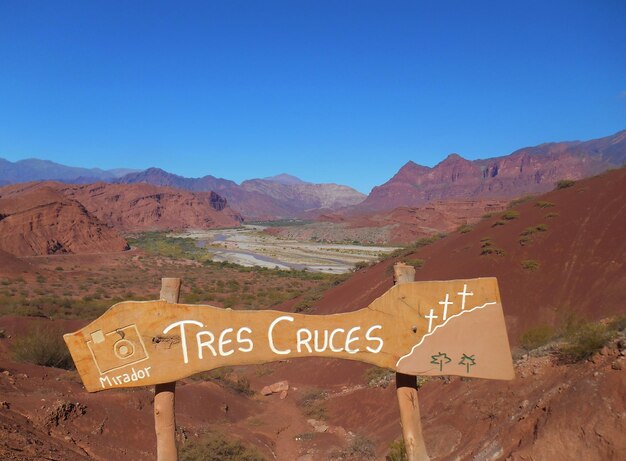Interesting Facts About the Navajo People

The Navajo tribe is the largest Native American tribe in the United States.
The Navajo language, also known as Diné, is a complex and unique language with its own alphabet.
The Navajo people have a rich cultural tradition of weaving beautiful rugs and blankets.
Navajo rugs are known for their intricate geometric designs and vibrant colors.
The Navajo Code Talkers played a vital role in World War II by using their language as a secret code that the enemy couldn’t break.
The Navajo Nation covers a vast area of land spanning parts of Arizona, New Mexico, and Utah.
Navajo ceremonial practices often involve sand painting, a sacred art form used for healing and storytelling.
Many Navajo traditional stories and legends are passed down orally from generation to generation.
The Navajo people have a deep connection to nature and value the sacredness of the land.
The Navajo Nation has its own government, with a tribal council representing different regions.
Navajo traditional attire includes colorful dresses for women and silver jewelry made by skilled artisans.
The Navajo people have a strong sense of community and place great importance on collective decision-making.
The Navajo Nation is home to several breathtaking natural landmarks, including Monument Valley and Canyon de Chelly.
Navajo cuisine combines traditional ingredients like corn, beans, and squash with modern flavors and influences.
The Navajo tribe has a rich history of farming and agriculture, cultivating crops like corn, melons, and potatoes.
Navajo philosophy emphasizes harmony and balance in all aspects of life.
The sacred Navajo hoop dance is a traditional form of storytelling through rhythmic movements and colorful hoops.
The Navajo people have a complex system of clan relations that forms the basis of their social structure.
Navajo traditional medicine practices incorporate herbs, prayers, and ceremonies to promote healing and well-being.
The Navajo tribe has a strong connection to horses, with horsemanship being an important part of their culture.
Navajo artwork includes pottery, jewelry, and sculptures that celebrate their cultural heritage.
The Navajo follow a matrilineal descent system, meaning that family lineage is traced through the mother’s side.
Navajo children often participate in cultural activities and ceremonies to learn and preserve their traditions.
The Navajo people have a deep reverence for the Four Sacred Mountains: Blanca Peak, Mount Taylor, San Francisco Peaks, and Hesperus Peak.
Navajo traditional music includes songs and chants accompanied by instruments like drums, rattles, and flutes.
The Navajo tribe has a strong oral tradition, with storytelling being a way to pass on history, values, and teachings.
The Navajo Nation operates several successful businesses, including casinos and tourism ventures.
The Navajo people have a strong spiritual connection to the land and perform ceremonies for the protection and harmony of nature.
Navajo pottery is known for its beautiful handcrafted designs and symbolic representations of nature and spirituality.
The Navajo people have a strong sense of cultural identity and actively work to preserve and revitalize their language and traditions.
Traditional Navajo homes, known as hogans, are sacred structures built with natural materials like logs and mud.
The Navajo tribe has a long history of trading with neighboring tribes, which helped shape their cultural practices and beliefs.
Navajo children are often taught traditional skills like gardening, weaving, and animal husbandry from a young age.
The Navajo consider the coyote to be a trickster figure in their mythology, often teaching important life lessons through its stories.
Navajo jewelry, particularly silver and turquoise pieces, are highly sought after and considered valuable art forms.
Windtalkers, a Hollywood film released in 2002, is based on the true story of the Navajo Code Talkers from World War II.
The Navajo people believe in the balance between good and evil, with ceremonies and rituals aimed at maintaining harmony.
The Navajo tribe has a strong emphasis on education, with many tribal members pursuing higher education and professional careers.
Navajo sand paintings are created by carefully sifting colored sands onto a surface, often representing specific ceremonial rituals or healing practices.
The Navajo Long Walk, a tragic event in the tribe’s history, refers to the forced relocation of Navajo people by the US government in 1864.
The Navajo people take pride in their traditional arts and crafts, with many artisans passing on their skills to younger generations.
The Navajo reservation is known for its stunning landscapes and opportunities for outdoor activities like hiking, camping, and horseback riding.
Navajo ceremonies often incorporate the use of feathers, which are considered sacred and symbolize spiritual connections.
Navajo spirituality emphasizes the importance of harmony between humans and nature, with a deep respect for the earth and its resources.
The Navajo Nation is actively involved in efforts to preserve and protect their sacred sites and natural resources for future generations.

